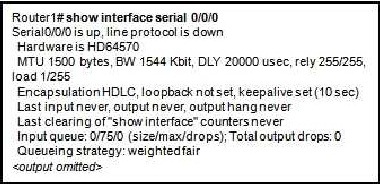CCNA Exploration V4 - Accessing The WAN - Exam Final Practice
- CCNA
- CISCO
2.
You may optionally provide this to label your report, leaderboard, or certificate.
Submit
Submit
Submit
Submit
Submit
Submit
×
Thank you for your feedback!
















